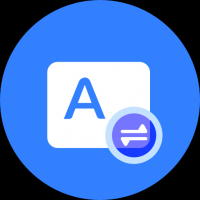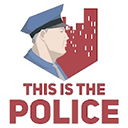
英文windows系统桌面, Introduction to Windows Desktop
时间:2024-12-04 来源:网络 人气:
Understanding the Windows Desktop: A Comprehensive Guide
Introduction to Windows Desktop
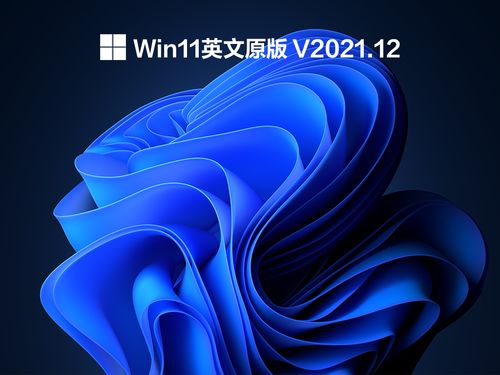
The Windows desktop is the primary workspace where users interact with their computer. It is the first thing you see after logging into your Windows system. This article will provide a comprehensive guide to the Windows desktop, including its features, customization options, and how to make the most out of it.
What is the Windows Desktop?

The Windows desktop is a graphical user interface (GUI) that provides a visual representation of your computer's files, folders, and applications. It is similar to a physical desk where you place your documents, notes, and other items. The desktop is accessible after logging into your Windows account and is the starting point for all your computer activities.
Key Components of the Windows Desktop
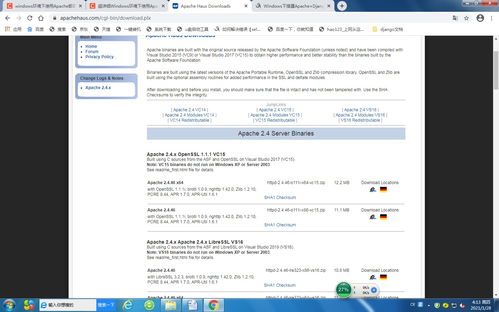
1. Icons

Icons are graphical representations of files, folders, and applications on your desktop. They make it easy to identify and access different items. Common icons include the Recycle Bin, This PC, and User folders.
2. Taskbar
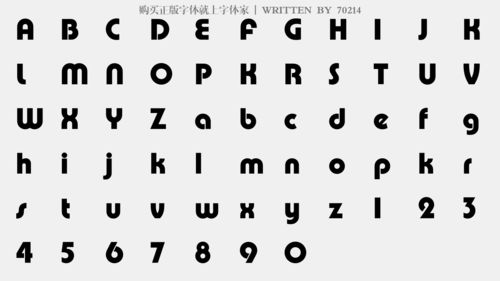
The taskbar is a horizontal bar located at the bottom of the screen. It displays open applications, system tray icons, and the Start button. You can customize the taskbar to show or hide certain elements and adjust its appearance.
3. Start Button
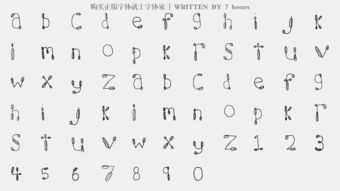
The Start button is located on the left side of the taskbar. It provides access to all installed applications, system settings, and other features. You can search for applications, documents, and settings using the search function in the Start menu.
4. System Tray
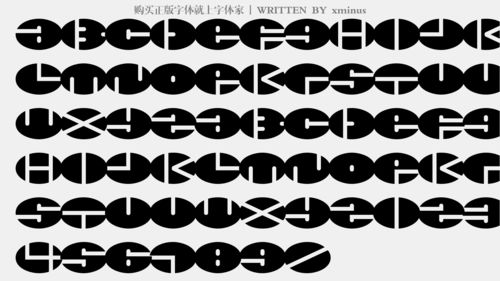
The system tray is located on the right side of the taskbar. It displays icons for running applications, system notifications, and other utilities. You can customize the system tray to show or hide certain icons.
Customizing the Windows Desktop
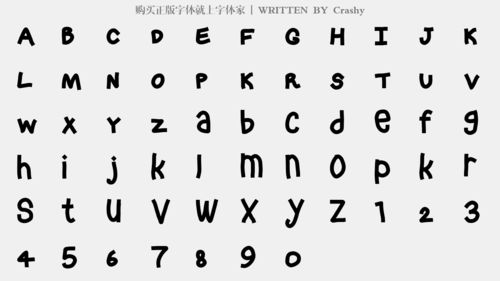
1. Desktop Background
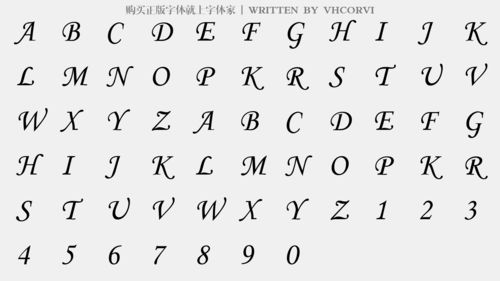
You can customize the desktop background by selecting an image, color, or slideshow from the Personalization settings. This can help personalize your computer and make it more visually appealing.
2. Desktop Icons

You can add, remove, or rearrange desktop icons to suit your needs. To do this, right-click on an empty area of the desktop, select
教程资讯
教程资讯排行







